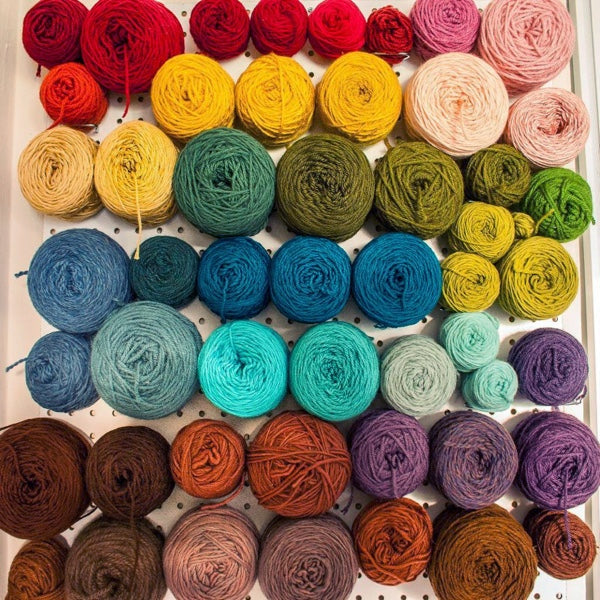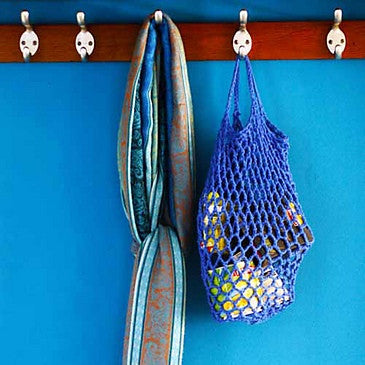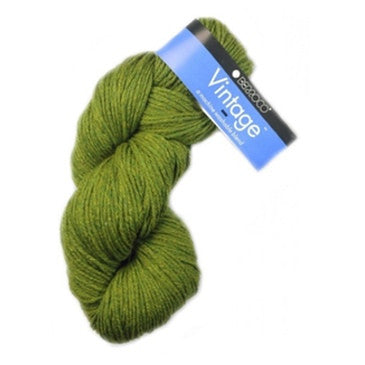
HACK Spring Prep & Mothproofing
Moth-Proofing: 5 Easy Things You Can Do Now
It feels a little early, but even if spring is only casually flirting with us, it may be time to start thinking about protecting your woolens for the upcoming season. It's A LOT easier and cheaper to avoid moth holes than it is to mend them. Even worse, if you end up hosting a moth infestation you'll have to pitch everything. You can read up on the "How-Tos" in Storing Your Knits from last spring, but here are a few things you can do to get yourself started.
Change Your Moth Traps
I just changed my moth traps and they were blessedly EMPTY. If you haven't already, it might be time to change yours, and if you don't use them I suggest you do. I only consider them a second line of defense, but they're helpful, and they'll let you know if you have moths. I use the Aeroxon Clothing Moth Traps.
Bag Exposed Stash
Bugs like sweaters, but your stash is also vulnerable. There's no time like the present to bag up yarn that's floating around. Don't forget projects on hold, laying fallow in project bags. If the majority of your stash isn't already organized in sealed bags (like Ziploc) now is probably a good time to get on that. By the way, the picture above is pretty, but a good example of how NOT to store your yarn (stuff in baggies doesn't make for good pictures). If you find yourself spring-cleaning your stash and need to purge, our next yarn swap is April 23, 2017, or you can drop off donations in a sealed plastic bag any time we are open.
Wash Dirty Woolens
Start washing the sweaters you wore this winter, especially anything that's been in frequent use. Little bits of food & shmutz are what moths feast on, so shutter the buffet. If you're like me and wear a lot of sweaters, getting them all cleaned is a bit of a chore, so you might as well start early and get it over with. I like to wash with either Eucalan or Soak, both are excellent no-rinse delicate washes that are very easy to use (I do not suggest you use the stuff from the grocery store).
Store Peripheral Knits
Start bagging and storing any knits or woolens that you aren't likely to use again this season. At my house this includes heavy wool sweaters, thick wool socks, scarves/hats/gloves that didn't get used, felt hats, wool coats.
Plan Ahead
OK, this sounds really niggly, but I'm constantly learning from my mistakes in this particular area. Almost every year I come across some class of object that I forgot was made of wool - and of course, I find this out the hard way (lots of tears and regret). I always think I'll remember things but never remember things, so I keep a running Moth-Proofing Checklist and add to it every time I find something new that needs to be stored. I keep my checklist digitally in a cloud-based form of storage (iCloud, Google Docs, Dropbox, etc), so I can get to it easily and it won't get lost. This is currently what it looks like:
- socks (wool)
- coats (wool)
- knit scarves, hats, mitts, gloves
- legwarmers
- felt insoles
- blankets
- pillow covers
- felt hats
- needle felted stuff
- felted bags
- felted wool rugs





Share this item: